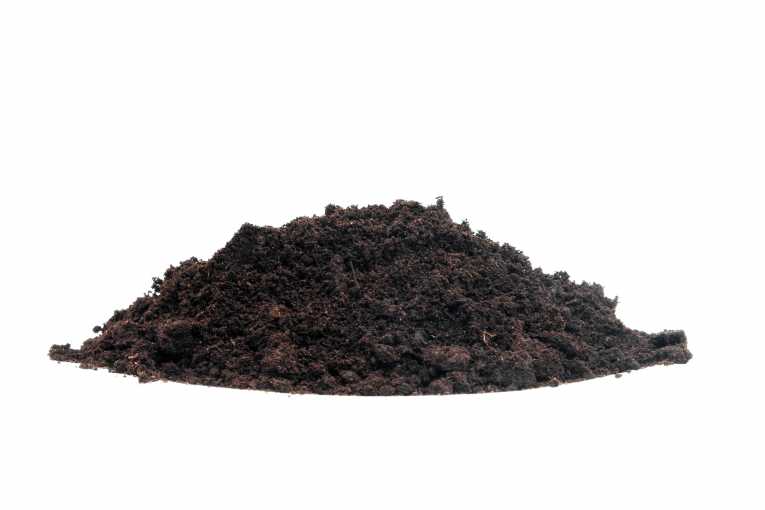A scientist from the University of Sheffield is warning that the most essential and precious of the earth's resources - its soil - is under a greater threat than ever before. As the font from which most human activity is nourished, preserving a healthy soil 'bank' is vital for the well-being of future generations. And soil under assault from all sides, putting the essential services that it provides under threat. In today's Nature, Professor Steve Banwart highlights the work of the Critical Zone Observatories (CZO) in riasing to that challenge - where scientists are getting together to help protect the soil, which lies at the heart of the so-called 'critical zone'.
The 'critical zone is the thin veneer of the earth's surface that meets all the fundamental needs of life on this planet. It extends from the shallow roots of the earth, where drinking water is pooled in aquifers, up through to the tips of the trees, as they inhale CO2 and exhale oxygen. And soil lies at center, where rock, water, air and life meet and mix.
Threats to the soil come in many forms - from the leaching of nutrients from intensive agriculture; to soils eroding away more quickly than they can regenerate, due to poor management; to the 'sterilization' of the soil from over application of chemicals. And the demands being placed on the soil are likely to multiply, in order to feed growing population.
With the realization that man's activities are wearing the resources of the critical zone thin, the understanding of the processes at work there has come to be seen as essential to mankind's survival. But that requires a stepping back, to look at the bigger picture - scientists too often look at the world in small pieces, through the narrow lens of their particular discipline.
When it comes to understanding the complex web of the 'critical zone', though, the pieces of that puzzle need to be put together. That can only be achieved by the joining of hands across scientific disciplines, which is the idea behind the setting up of critical zone observatories (CZO). The concept is to pool expertise from across the diverse fields of geosciences, hydrology, microbiology, ecology, soil science, and engineering. Talents can then be bought to bear on comprehending how pieces of the 'critical zone' puzzle work - and on proposing solutions.
There are now more than 30 CZO's, and they are starting to produce real results from their research efforts. Models have been produced of how soils will respond to intensified use of soil. These are pointing the way to practical solutions that will preserve soil services, whilst increasing crop yields, for example.
The next step is to turn the recommendations of the CZO's into real-world policies that can halt the degradation of soils across the globe, For that, Professor Banwart wants to see fast action in bringing agricultural companies on-board, so theoretical solutions get out there, literally in the field. 'The challenge is clear. We need rigorous forecasting methods to quantify and best utilize soil's natural capital, to assess options for maintaining or extending it, and to determine how declines can be reversed. And we need these things well within a decade,' he said.
Top Image Credit: © Sandra van der Steen










